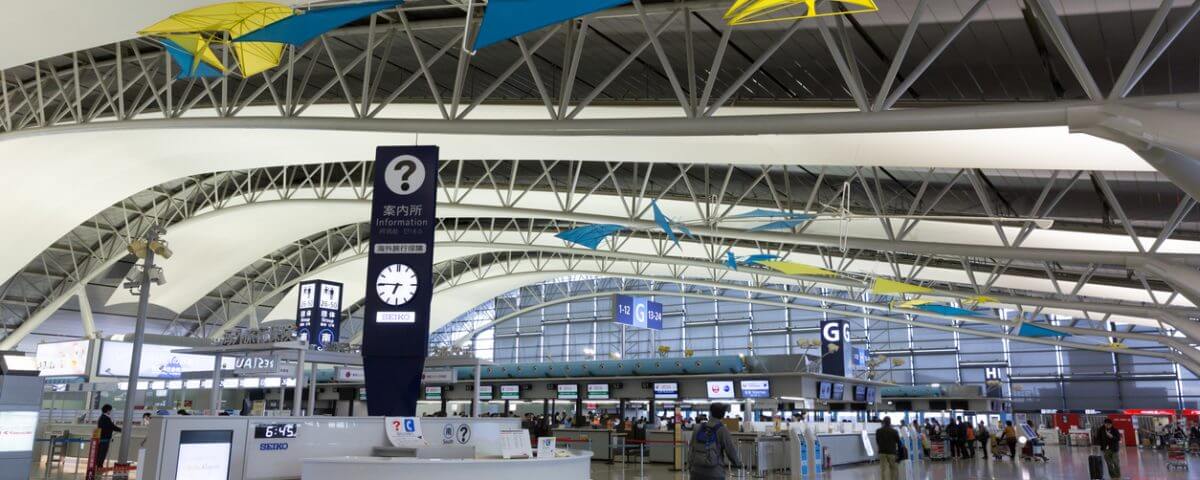
Air Freight to Singapore
January 29, 2018
How Can a Small Business Pack Perishable Food
February 2, 2018Kansai Airport is a Unique Cargo Destination

 Kansai International Airport is pretty unique among busy freight airports. It’s fully constructed on an artificial island that sits in the middle of Japan’s Osaka Bay. Of course, this means it’s a fairly recently built airport. It only opened in 1994. The goal was to relieve the overwhelmed Osaka International Airport and to direct shipping to Japan that could be focused in the south.
Kansai International Airport is pretty unique among busy freight airports. It’s fully constructed on an artificial island that sits in the middle of Japan’s Osaka Bay. Of course, this means it’s a fairly recently built airport. It only opened in 1994. The goal was to relieve the overwhelmed Osaka International Airport and to direct shipping to Japan that could be focused in the south.
A Testament to Engineering
Kansai Airport was first dreamt up as a solution for cities like Osaka and Kobe that were losing trade and tourism to Tokyo. Facing both protest in developing rural land, and little space to develop closer to the cities, a plan was settled on to build the artificial island on which the airport now sits.
Construction started in 1987. By this point, Japan was pioneering many modern techniques to resist earthquakes, typhoons, and tsunamis. Of course, it helps that Kansai International Airport is very well protected by Osaka bay. The large Awaji Island nearly fully protects the bay, and beyond this the Kilsuido Strait further shelters the bay before you actually hit open ocean.
The tragic Grand Hanshin earthquake of 1995 tested much of this natural protection and engineering design. The earthquake’s epicenter was only 12 miles away in Kobe, and the earthquake as a whole resulted in more than 6,000 fatalities. Kansai Airport sustained very little damage.
Expansion & Efficiency
Still opening new terminals in the last several years, Kansai Airport has proven an attractive destination for shipping to Japan and in creating transport chains to Japan. It normally hovers around ranking as the 30th busiest cargo airport in the world, having made the top 30 for several years and only just missing it in the last two years.
Its freight volume surpasses 700,000 tonnes a year, and as a fairly recently built airport still receiving even newer expansions, it’s very efficient and its operations transparent. This bolsters confidence and makes it a superb hub in transport chains to Japan.
